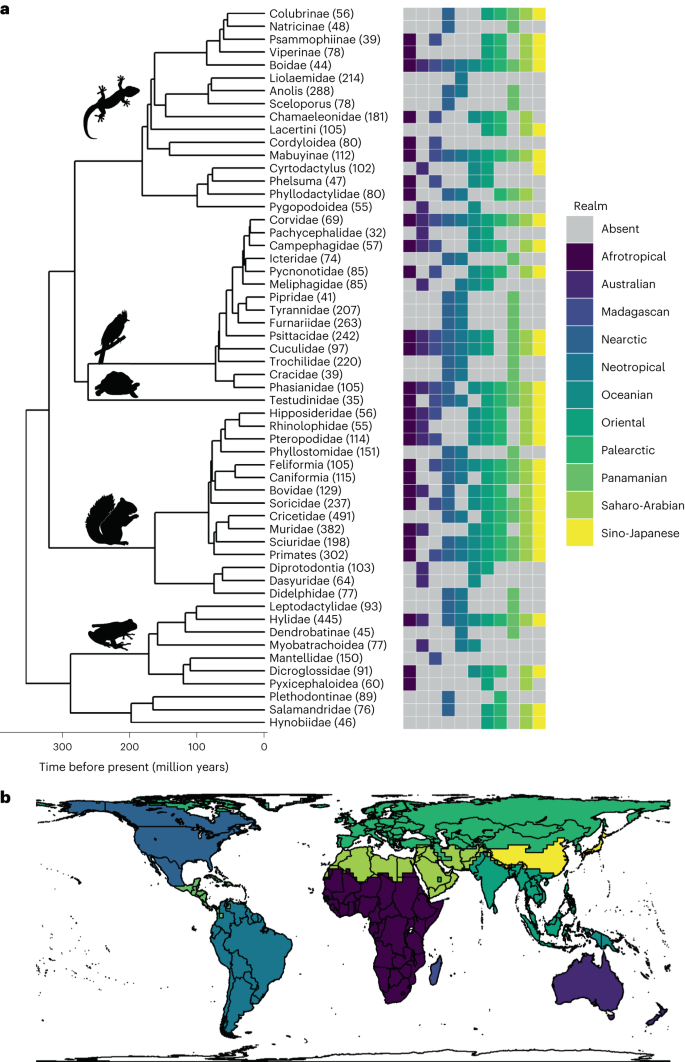2023-08-21 カーディフ大学
◆カーディフ大学の新研究によれば、外来のアリが新しい環境に侵入すると、競争と捕食により地元の生物種数が53%減少することが初めて世界規模で測定されました。アリは生態系の安定に重要な役割を果たしていますが、人間の活動によって異なる環境に運ばれ、一部の動物種の絶滅につながることがあります。
◆この研究は、外来アリの侵入が地元の生物多様性に与える影響を初めて推定し、アリの侵入により動物の数が平均で42%減少し、種の数が53%減少することを示しました。この結果は、外来アリが侵入した生態系の健康に深刻な問題を引き起こす可能性があり、国際的な予防、早期検出、制御戦略の改善が急務であることを強調しています。
<関連情報>
- https://www.cardiff.ac.uk/news/view/2739216-ant-invasions-cause-species-loss
- https://resjournals.onlinelibrary.wiley.com/doi/10.1111/icad.12672
外来種のアリは、動物群集の多様性を劇的に減少させる: メタ分析 Non-native ants drive dramatic declines in animal community diversity: A meta-analysis
Maximillian P. T. G. Tercel, Jordan P. Cuff, William O. C. Symondson, Ian P. Vaughan
Insect Conservation and Diversity Published: 29 July 2023
DOI:https://doi.org/10.1111/icad.12672

Abstract
- Non-native ants can cause ecosystem-wide ecological change, and these changes are generally assumed to be negative. Despite this, the evidence base has never been holistically synthesised to quantify whether and to what degree non-native ants impact native species diversity.
- In this study, we performed a meta-analysis of the effects of ant invasion on animal communities. We extracted data from 46 published articles investigating abundance (156 effect sizes) and richness (53 effect sizes) responses of animal taxa to ant invasion in locations relatively unimpacted by other stressors (e.g. human disturbance, other non-native species) to help isolate the effects of invasion.
- Overall, local animal diversity declined severely, with species abundance and richness lower by 42.79% and 53.56%, respectively, in areas with non-native ants compared with intact uninvaded sites. We then combined responses of individual animal taxa extracted from an article into a single response to represent the ‘community’ abundance (40 effect sizes) or richness (28 effect sizes) response to non-native ants represented in each article. Local communities decreased substantially in total abundance (52.67%) and species richness (53.47%) in invaded sites.
- These results highlight non-native ants as the drivers, rather than passengers, of large net-negative reductions to animal community diversity in relatively undisturbed systems around the world, approximately halving local species abundance and richness in invaded areas. Improved international prevention processes, early detection systems harnessing emerging technologies, and well-designed control measures deployable by conservation practitioners are urgently needed if these effects are to be mitigated, prevented or reversed.


